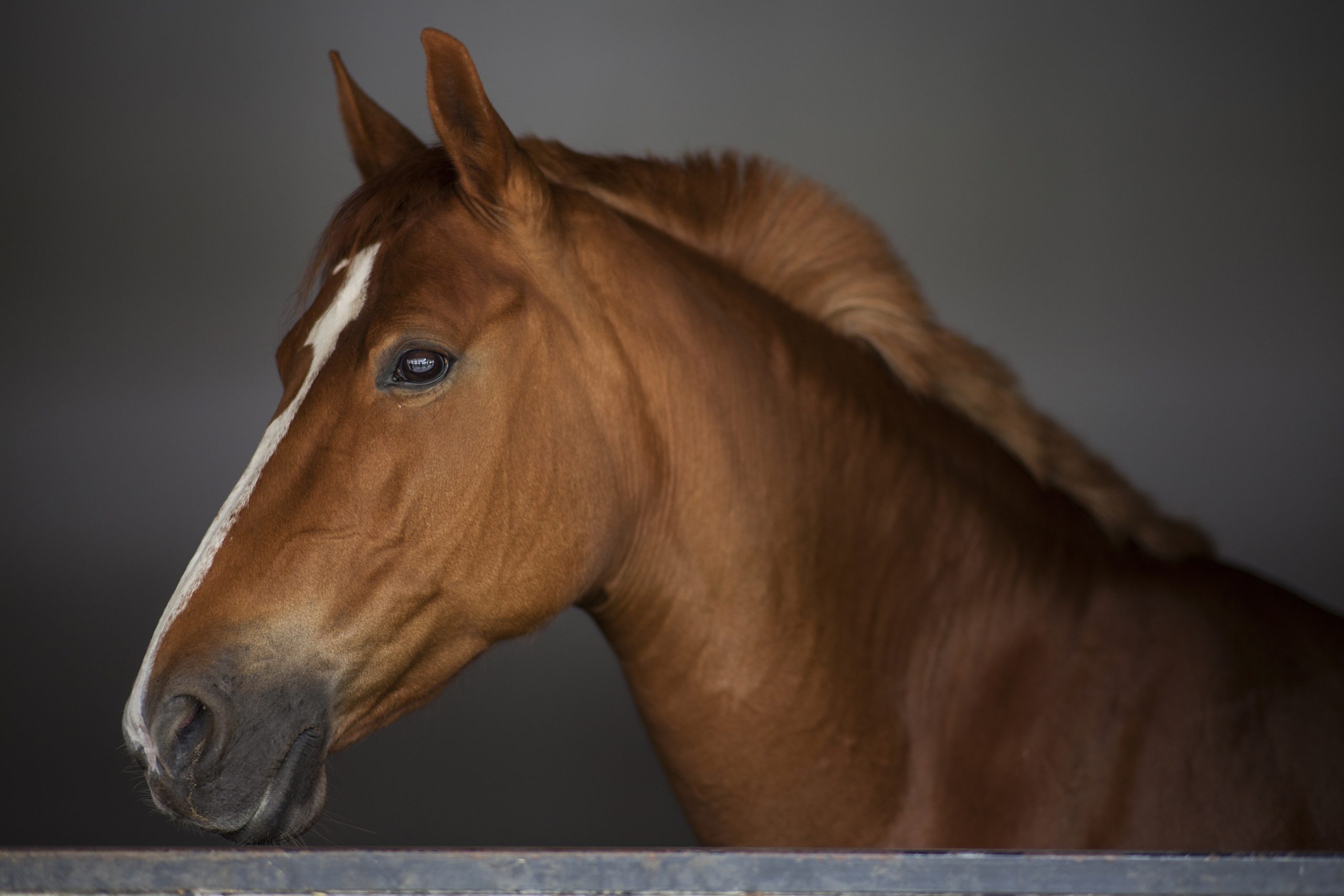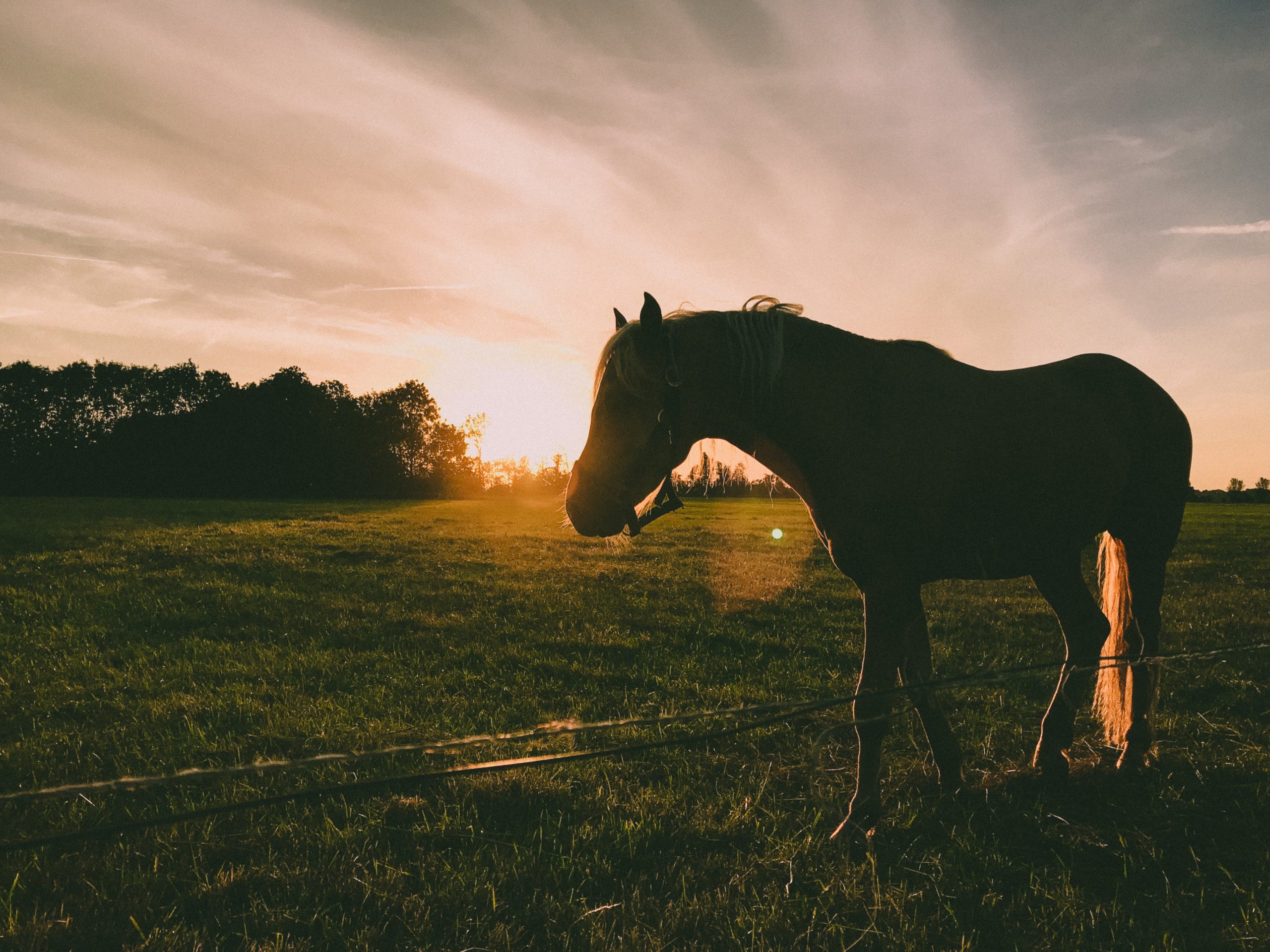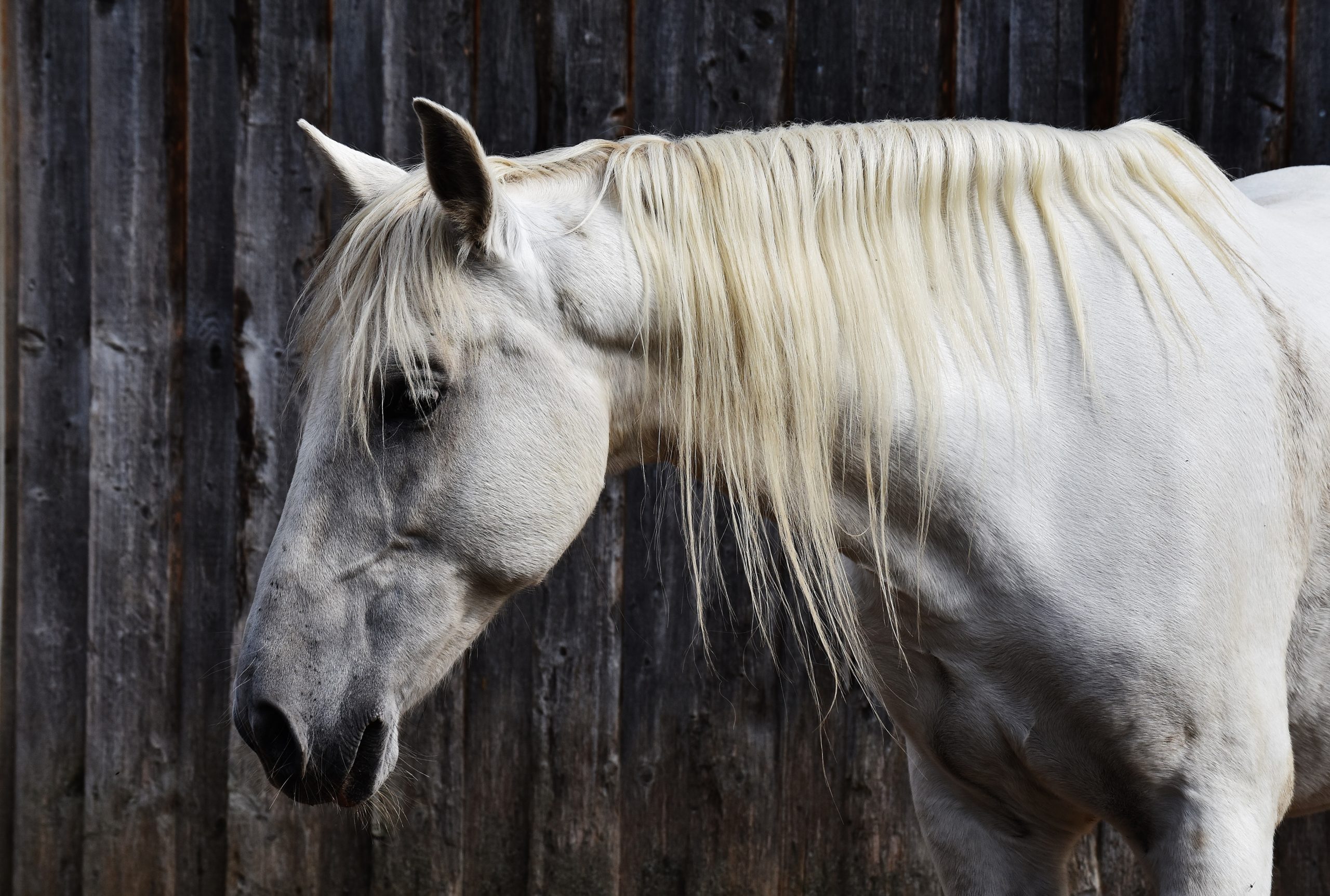Four Dietary Management Tips for Horses to Consider as Cold Weather Descends
1. Stash Away Hay
As we all know, hay is often a mainstay of winter diets. When pasture grasses stop growing and start turning an unappetizing shade of brown, it is time to begin supplementing good-quality hay to pastured horses.
The best time to fill your hayloft is in the summer when hay is plentiful and likely at its least expensive. Finding hay in mid to later autumn may be a wearisome adventure, as many reputable hay brokers will have sold their stores to cattlemen or other horsemen.
If you find yourself staring at an empty hayloft as winter approaches, do not rush out and buy the first hay you come across. If you need several bales to hold you over until a stash of your own can be purchased, go to a feed store and purchase the necessary quantity. You’ll likely pay a premium for it, but it will give you peace of mind as you search for a large cache of your own.
In selecting hay, take your time and consider the features that are common to high-quality hay: soft texture with an abundance of leaves, aromatic without a hint of mould or mildew, an eye-appealing greenish color, and clean and devoid of debris such as weeds or twigs. Don’t be bashful; ask to break open a few bales so you can see the interior.
2. Toss ’em Some Hay
Horsemen have several options when deciding how to furnish hay to horses in the winter. Hay intended for horses generally comes in two forms: small square bales or large round bales.
Feeding flakes peeled from square bales is unquestionably more labour intensive than placing a round bale in a field and allowing horses to munch on it. There are, however, a few upsides to throwing your charges individual flakes:
- You have the chance to inspect horses daily. This interaction will allow you to spot any possible health concerns such as a sudden lameness or an unusual cough.
- You will be more certain of the quality of the hay. As you tear flakes apart, you can examine them for undesirable characteristics such as mould or weeds.
- By separating piles of hay in the field, you can give the meeker horses a chance to consume their quota of hay without fear of being run off from the round bale.
If you choose to feed round bales, consider purchasing a round-bale feeder made especially for horses. Feeders keep the bales off the ground, thereby reducing wastage, and sometimes have lips that catch any hay that might fall as horses pull from the bale. Another way to reduce wastage is to place the feeder under a roofed area such as a stand-alone pavilion or shed.
3. Feed Away from Fences
Feeding pastured horses in the winter is sometimes an exercise in messiness. The freeze-and-thaw nature of the season makes the presence of mud a certainty at some time or another.
To avoid the mud, horse owners often scoop feed into buckets that they have hung from the fence. These drive-by feedings may be the most efficient way to dole out grain to a large number of horses, but they might also present some challenges.
Two possible problems arise with this feeding system. First, fencelines often become slurries of mud and muck in the winter. Not only is this unattractive from an aesthetic viewpoint, it may be hard on the health of hooves and their ability to hold shoes. Second, social organization in the herd may preclude a timid horse, especially a slow eater, from getting its fair share of feed.
To preserve the condition of the ground near fencelines, you might consider using plastic tubs spaced generously throughout the field, away from gates, waterers, and fencelines. By frequently moving tubs from place to place, you can keep feeding areas from becoming too barren.
Consider setting the tubs more than a hundred feet apart. Such an arrangement will make low-ranking horses feel more secure as they eat, and there will be less likelihood of more dominant horses snatching their feed.
4. Make Way for Visitors
Any stable can be a hive of activity. Consider a sampling of professionals that you may call upon during the winter months: farriers, veterinarians, nutritionists, and feed delivery personnel.
With the unpredictable weather of wintertime, you’ll want to be sure that each of these professionals can visit your barn without the potential worry of getting stuck in the mire of a midseason thaw. Be certain the roadway to your barn is passable in any weather. A wide path surfaced with packed stones, asphalt, or concrete will ensure that professionals can make their way to your barn.
Farriers and veterinarians are always appreciative of a well-lit, spacious area in which to work. Concrete or hardpacked dirt are the most acceptable surfaces. Wet or muddy surfaces might be slippery and therefore risky for both horses and handlers. Winter winds can make for an unpleasantly cold workplace, so a windbreak is also appreciated by bone-chilled farriers and veterinarians.
For feed deliveries, have a backup plan in place if drivers cannot reach your barn. A dry, accessible carport, garage, or shed near the house may be an appropriate place in which to store feed temporarily.




